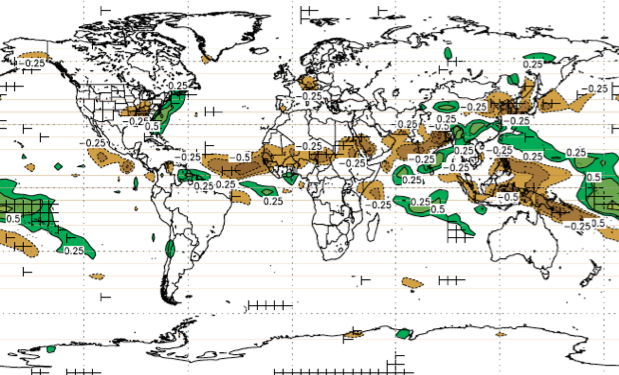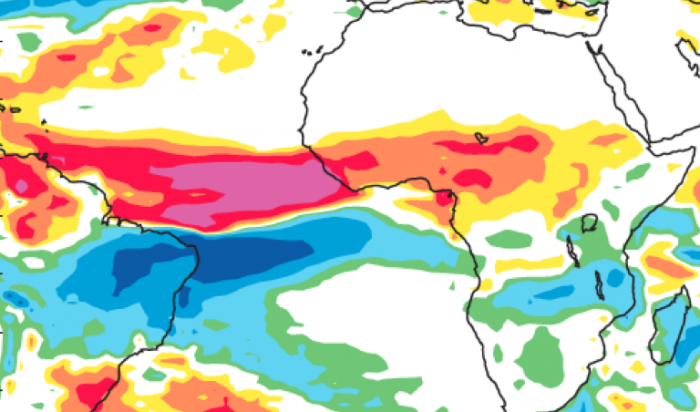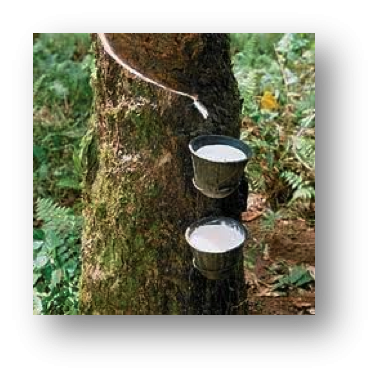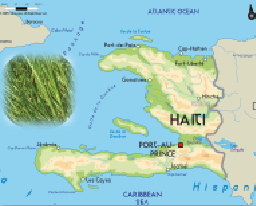Some governments are exploring geoengineering as a way to reduce or delay climate change. Geoengineering could technically take climate decisions away from all but the richest countries. Computer models show that stratospheric interventions to reduce sunlight and lower temperatures may benefit some temperate zones, but negatively impact Asia’s monsoons with important social and agricultural consequences.
Briefings


Some governments are exploring geoengineering as a way to reduce or delay climate change. Geoengineering could technically take climate decisions away from all but the richest countries. Computer models show that stratospheric interventions to reduce sunlight and lower temperatures may benefit some temperate zones but negatively impact Latin America with important social and agricultural consequences.

A Summary of Scientific Arguments
Introduction
Almost twenty years of genetically modified crops… What have we gained?
Contrary to what companies promised, official statistics from the United States—the leading producer of genetically modified (GM) crops in the world—demonstrate that the truth of GM crops is that they produce less per hectare than the seeds that were already available on the market, but have resulted in an exponential increase in the use of agritoxins.

Rubber and Synthetic Biology: A New and Emerging Issue for CBD
This case study illustrates recent developments in synthetic biology that could impact the $35 billion natural rubber market and disrupt the livelihoods of producers. These developments impact the sustainable use of biodiversity and fair and equitable sharing of benefits from the genetic resources associated with rubber production. Natural rubber has already lost half of its market to petroleum-based synthetics. If production challenges are resolved, production via synthetic biology could erode the remaining half. Using synthetic biology, three different commercial teams are working to produce a biosynthetic isoprene that could soon impact Asia’s exporters; other companies are producing biosynthetic butadiene and isobutene, also crucial to the manufacture of rubber.

Plant-Derived Pharmaceutical Ingredients and Synthetic Biology

Ingredients, Flavours, Fragrances and Synthetic Biology
Known for its musty, woody scent, vetiver oil is also know for its fixative qualities, which means that it helps a fragrance to last longer after it is applied to the skin. Vetiver oil can be detected in the “base notes” of many perfumes or colognes. A synthetic biology company has engineered microbes to produce chemical compounds aimed at replacing traditional Vetiver production, threatening the livelihoods of thousands of farmers in Haiti, Indonesia, China, India, Japan and Brazil, among others.

Ingredients, Flavours, Fragrances and Synthetic Biology
Synthetic biology could impact the $22 billion global flavour and fragrance market and the livelihoods of producers of natural commodities. The world's largest producers of food ingredients, flavors and fragrances are all now partnering with Synthetic Biology companies to develop biosynthetic versions of key high value natural commodities such as saffron, vanilla, vetiver and patchouli - replacing botanical sources. These in turn are just a few our of hundreds of economically important natural plant compounds whose production may be switched to synthetic biology production in a very short time frame.
Synthetic Biology - A New and Emerging Issue for CBD
New developments in synthetic biology could have far-reaching impacts on the market for biodiversity-derived natural products and the livelihoods of those who produce them. Cosmetic giants like Unilver and L’Oreal can source squalene from plant sources (olive oil, amaranth seeds, wheat germ, etc.) instead of harvesting the livers of 6 million deep sea sharks per year. This is a positive development. Now, Amyris is producing squalene from engineered microbes in fermentation tanks that are fueled by biomass – up to two million tons of crushed sugarcane annually. Who decides what is the most sustainable and socially just use of biomass and farmland?
No inter-governmental body is addressing the potential impacts of synthetic biology on the conservation and use of biodiversity and on the livelihoods of those who depend on agricultural export commodities (including high-value flavors, fragrances, cosmetics, essential oils, etc). The Convention on Biological Diversity is the most appropriate forum to address this new and emerging issue.

A Briefing for Delegates March/April 2014
The contribution to AR5 of Working Group I (WGI), approved in Stockholm, September 2013, referred to geoengineering techniques, including so-called solar radiation management (SRM) and carbon dioxide removal (CDR), but stopped short of endorsing them.

Ingredients, Flavours, Fragrances and Synthetic Biology
Recent developments in synthetic biology could impact the $22 billion global flavour and fragrance market and the livelihoods of producers of natural commodities. These developments impact the sustainable use of biodiversity and fair and equitable sharing of benefits from the genetic resources that produce natural plant products. The worlds largest producers of food ingredients, flavors and fragrances are all now partnering with Synthetic Biology companies to develop biosynthetic versions of key high value natural commodities such as saffron, vanilla, vetiver and patchouli - replacing botanical sources.
